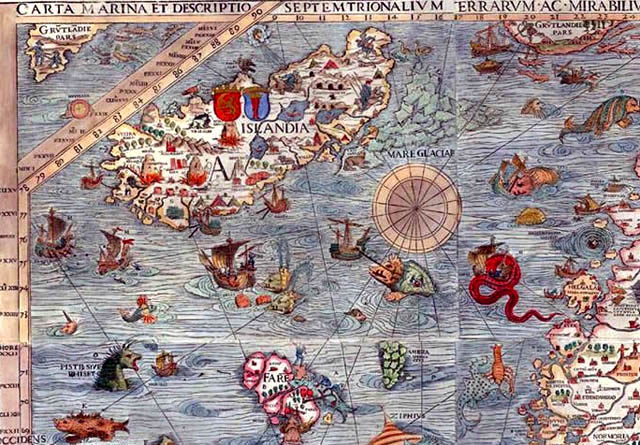
Some of the most impressive images in science are produced when researchers take numerical data and represent it visually through modeling and computer graphics. The Department of Energy honored 10 of this year’s best scientific visualizations with its annual SciDAC Vis Night awards, at the Scientific Discovery through Advanced Computing conference (SciDAC) in June. Researchers submitted visualizations to the contest, and program participants voted on the best of the best. From earthquakes to jet flames, this gallery of videos and images show how beautiful (and descriptive) visual data can be.
LINK
Via: Wired.com




